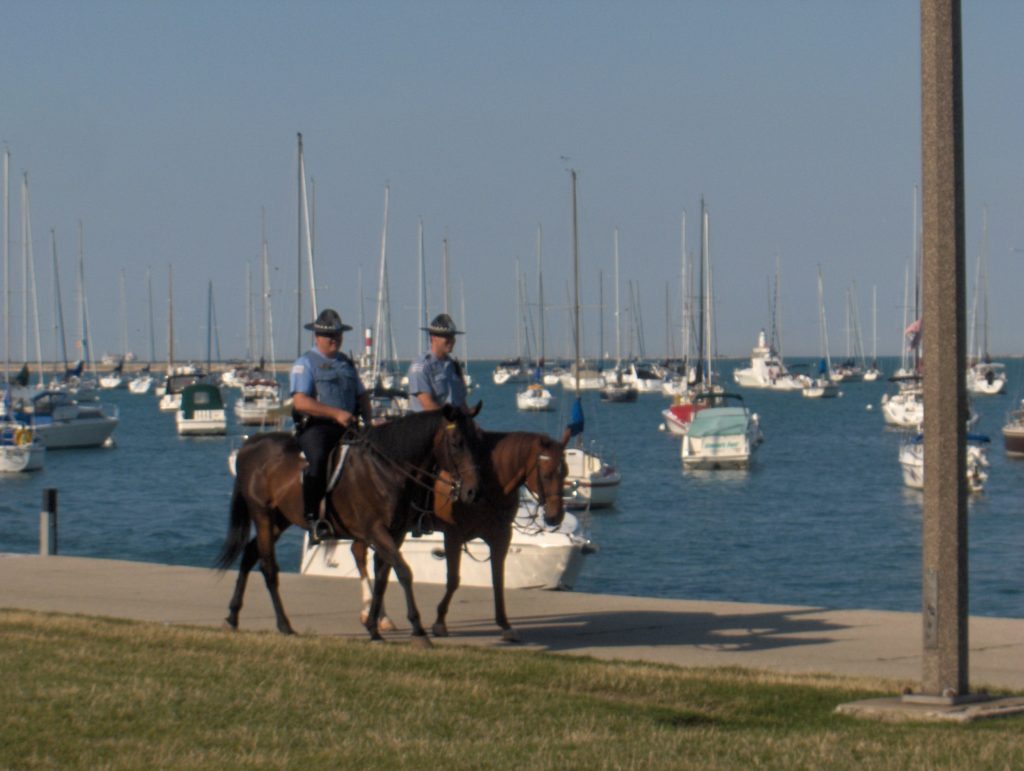
Image Credit: I, I’m nonpartisan, CC BY-SA 3.0, via Wikimedia Commons
By Saul Roth
I have uncovered many studies and articles concerning police stress and police suicide. From my experience of over 37 years as the law enforcement professional, I believe that many of these articles address this problem well. It actually surprised me how those outside of the profession can be so proficient in knowing the climate and operations of the departments and the officers working in them. Even though many studies were from police departments abroad, their results still generalized to the police departments and officers in the United States.
There is a debate that continues on whether police suicide is a problem. Many studies conclude that the suicide rate for police is the same as the general public and thus, is no more a problem than the population at large. Bourgoin (1997) noted a parallel suicide rate between French civilians and police officers between 1979 and 1996. Marzuk et al.’s (2002) study on NYPD officers from 1977 to 1996 had the police suicide rate slightly lower than that of the general public during that time. I believe that these rates are correct, but that the conclusions are flawed. Police suicide should not be the same rate as the public. Police officers go through extensive psychological, medical, and background investigations before beginning the job. While there is certainly no doubt that there will be some individuals that have psychological problems despite the rigorous application process, it does not seem like there would be enough to have a suicide rate comparable to that of the general public. In comparing suicide rates between police officers and the military, Violanti (2010) found that police had a slightly lower suicide rate than the military. The military had the highest suicide rate between 1984 and 1998 with a mean of 116 compared to police to a mean of 77 for police officer (Violanti, 2010). The high mean for police, however, demonstrates that the problem exists in the police department as well. In contrast to the military and police officers, the general public consists of “normal” people, people with psychological problems, people previously convicted of crimes, and people of all ages. Police officers should not have similar suicide rates to the general public.
In addition to studies that show rates of the public and police to be comparable, there are studies pointing to higher suicide rates in police officers than the general public. Police rank among the top 15 professions in suicide rate according to the New Health Guide (2014). Black male police officers, in fact, have the highest rate of suicide. This suggests the public does not have the same rate of suicide as police officers. Both Vena (1986) and Chabonneau (2000) had the police suicide rate at double that of the general public. Additionally, a Norwegian study revealed that 24 percent of the 3,272 officers sampled had suicide ideation (Berg, 2003). The evidence points to police suicide as a problem both around the globe and within the United States.
It is critical to address police suicide for a number reasons. Firstly, it is imperative to save officers’ lives. Moreover, it is also critical to protect the public. As police suicide was compared to the military, I will also compare suicide with other victims to the military. Additionally, LAPD former officer, Dorner, was also previously discussed, having killed both civilians and police officers before taking his own life. There have also been incidents of police officers murdering their spouses prior to committing suicide. Suicide prevention is a measure to help protect both the officer and the general public.

Recent Comments